Antioxidant important in maintaining a proper antioxidant defense system and immune responses
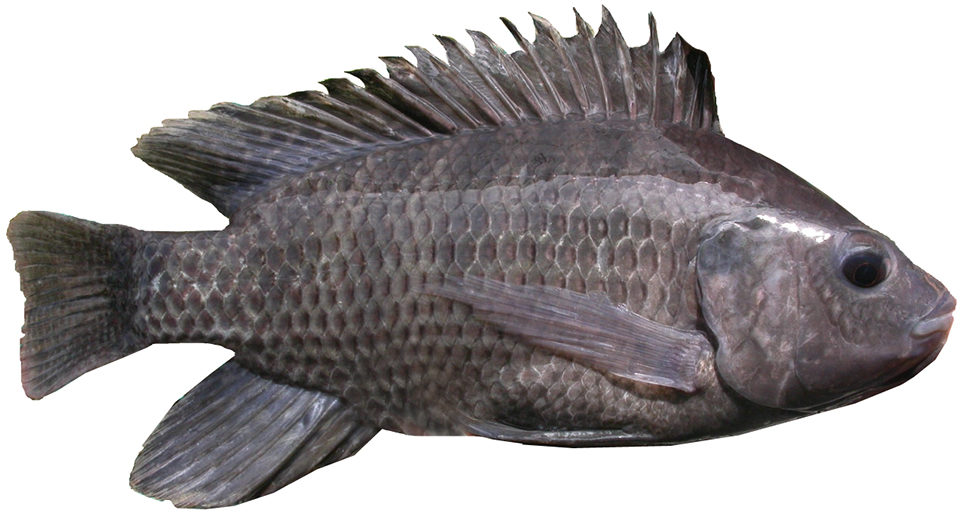
The essential need for vitamin E in human and animal diets is due to its role as a potent antioxidant that inhibits lipid peroxidation in biomembranes, lipoproteins, and body lipids. Vitamin E is a generic term attributed to a group of related lipid-soluble compounds that occur naturally in α (alpha)-, β (beta)-, γ (gamma)-, and δ (delta)-tocopherols (T), and the four corresponding tocotrienols (T3). Since α-T has the highest vitamin E activity, almost all vitamin E research in fish nutrition has focused on that isoform.
Dietary requirements of tilapia
The dietary requirement for vitamin E in cultured finfish ranges 25 to 119 milligrams per kilograms diet. The vitamin E requirement for Nile tilapia was first determined by researchers in 1987 to be 50 mg α-T per kilogram for a diet with 5 percent dietary lipid. Subsequent studies with blue tilapia reported a lower requirement of 10 mg α-T per kilogram diet with 3 percent dietary corn oil, increasing to 25 milligrams per kilogram diet when corn oil was elevated to 6 percent in the diet.
The fact that the vitamin E requirement of tilapia is influenced by dietary lipid level was recently confirmed by studies conducted in Taiwan with hybrid tilapia. Apart from lipid level, the unsaturation index of the dietary oil used also affects the amount of vitamin E required. In addition, the presence of other antioxidants such as vitamin C in diets for hybrid tilapia has been reported to spare vitamin E.
Vitamin E effects
The addition of optimal amounts of vitamin E in tilapia diets is important in maintaining a proper antioxidant defense system and immune responses in the fish. Signs of vitamin E deficiency include poor growth, poor feed intake, muscular dystrophy, bulging eyes, tissue edema, anemia, and depigmentation. The incidence and severity of these deficiencies are enhanced when diets are deficient in both vitamin E and selenium.
Preliminary results from Thailand indicated that a higher level of vitamin E supplementation in tilapia broodstock diets had some positive effects. An increase in the number of spawners, number of eggs, hatching rate, and survival of fry was reported in Nile tilapia broodstock fed diets supplemented with 630 mg α-T per kilogram diet. Brood fish fed diets supplemented with 1,250 milligrams per kilogram vitamin C and 600 milligrams per kilogram vitamin E had a higher mean clutch size and relative fecundity than control fish fed normal dietary levels of these vitamins.
Due to these early reports, the Fish Nutrition Laboratory at the Universiti Sains Malaysia is currently conducting a research project on the roles of vitamin E and other essential nutrients in tilapia broodstock nutrition.
Dietary sources of vitamin E
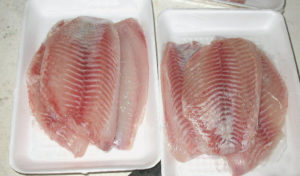
The major form of vitamin E added to vitamin premixes in commercial tilapia feeds is the synthetic DL-α-tocopheryl acetate. At present, vitamin E is usually added in excess of dietary requirements in an attempt to compensate for potential losses during feed processing, storage, and feeding. The indigenous vitamin E content of dietary ingredients is presently not taken into account during feed formulation, as no information is available on the bioavailability of these vitamins to fish.
In a recent study, the authors developed a liver bioassay for tilapia. Assuming that α-T is 100 percent available to the fish, its bioavailability from synthetic DL-α-tocopheryl succinate, a tocotrienol-rich fraction made from palm oil, palm fatty acid distillate, and crude palm oil, was 17, 51, 72, and 56 percent, respectively. In the palm oil-based diets, other vitamin E isoforms deposited in fish tissues imparted potent antioxidant properties.
Various other vegetable oils and ingredients such as wheat germ are rich in natural vitamin E of various isoforms. In a separate study, the authors observed that red hybrid tilapia fed diets supplemented with cold-pressed soybean oil from stocking to marketable size had high levels of γ-T in the fish fillets, which resulted in significantly higher oxidative stability.
Enhanced fillet quality
Apart from its role in fish health and reproduction, vitamin E also significantly affects the oxidative stability of fish fillets. Elevated dietary levels of vitamin E can result in marked increases in its deposition in fish tissues, which in turn can effectively prolong the shelf life of frozen fish fillets. Vitamin E was also reported to enhance the deposition of carotenoids into fish muscle, thereby enhancing fish flesh quality, texture, and consumer acceptance.
In a recent feeding trial with red hybrid tilapia – the first reported study on the deposition of tocotrienols in tilapia tissues – the authors observed that the concentrations of tocopherols and tocotrienols increased linearly in response to increasing dietary concentrations of tocotrienol-rich palm oil fraction (Figs. 1 and 2). Even though α-T was the major vitamin E isoform deposited in all tissues, the accumulation of tocotrienols was observed to be tissue-dependent. The ratio of deposited tocopherols to tocotrienols in perivisceral adipose tissue was almost 1:1.
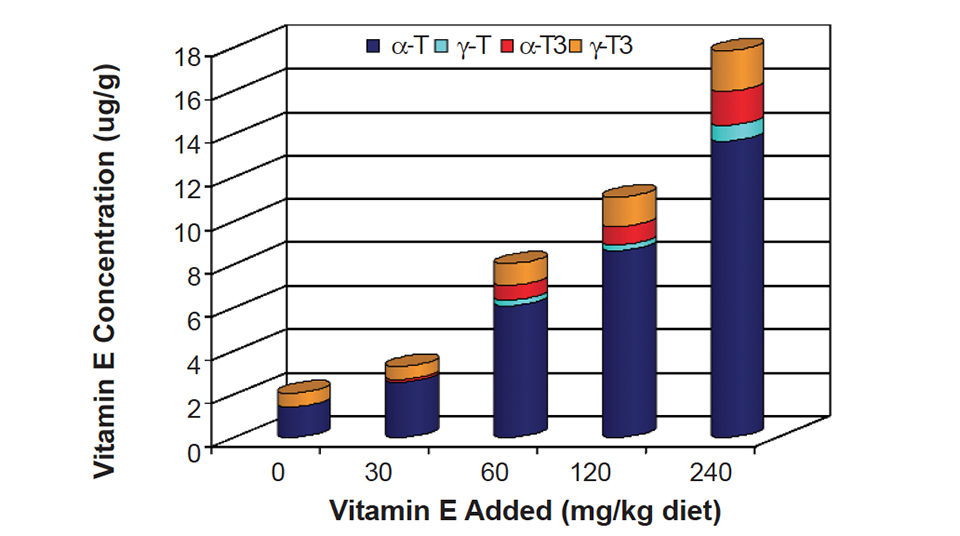
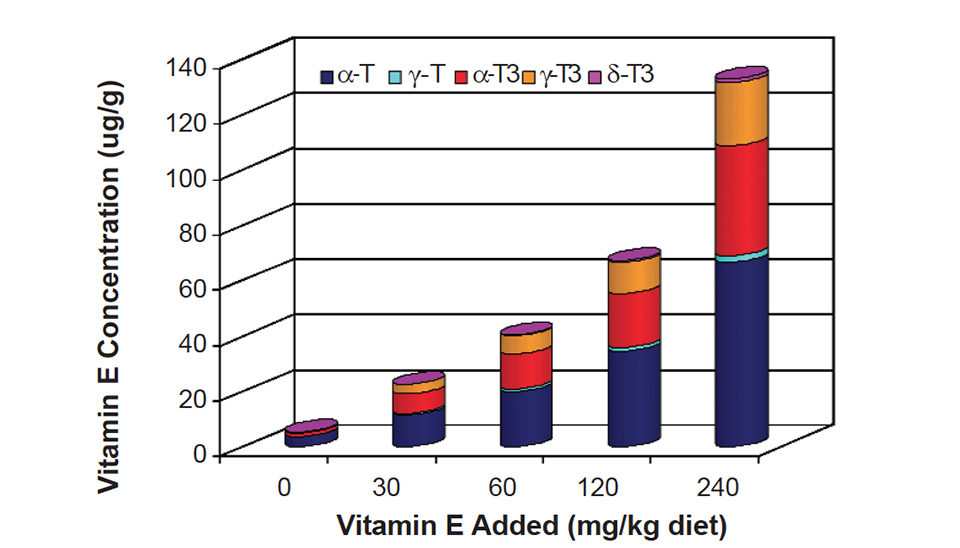
Malonaldehyde concentrations in the fillets and livers of tilapia decreased significantly with increasing levels of dietary tocotrienol-rich fraction (TRF) fed to the tilapia (Fig. 3). The oxidative stability of the fillets was significantly improved in tilapia fed up to 60 milligrams per kilogram total vitamin E derived from TRF. Increases in dietary total vitamin E to120 and 240 milligrams per kilogram levels did not further enhance oxidative stability.
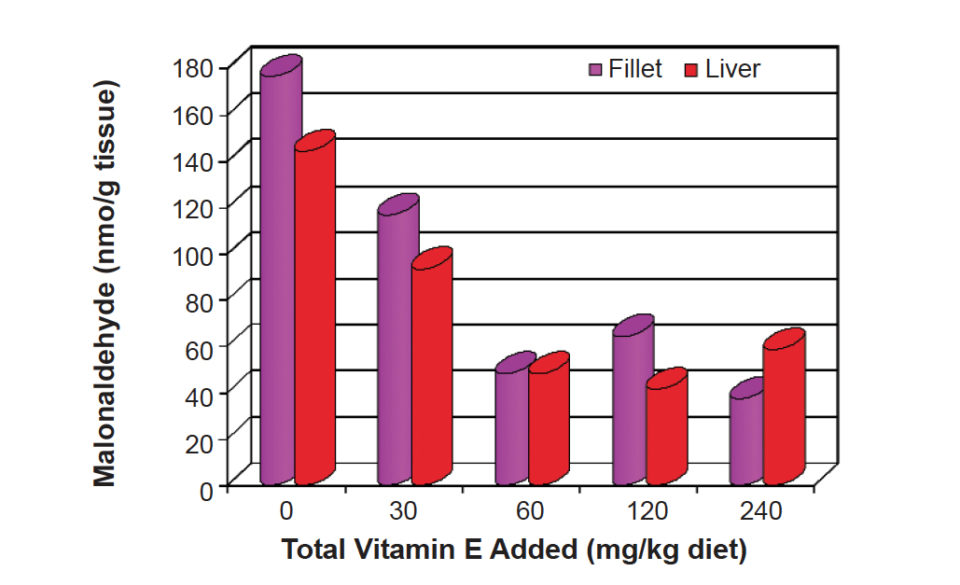
Dietary inclusion
Based on current information on the vitamin E requirements of tilapia and the fact that most commercial tilapia feeds contain about 5 percent lipid, a diet with about 50 mg α-T per kilogram diet is sufficient to meet the animals’ requirements under normal culture conditions. The amount of synthetic vitamin E added can be increased to compensate for losses during feed processing or to improve the reproductive performance, disease resistance, or fillet shelf life of tilapia. Naturally occurring vitamin E found in vegetable oils and cereal feed ingredients can be an excellent alternative for synthetic DL-α-tocopheryl acetate.
The deposition of tocotrienols and other non-α-T isoforms in tilapia fillets also adds value to the product, since the potential health benefits of tocotrienols in human diets may include beneficial effects on the prevention of cardiovascular diseases, cancer, and stroke, and other degenerative diseases.
(Editor’s Note: This article was originally published in the November/December 2006 print edition of the Global Aquaculture Advocate.)
Now that you've reached the end of the article ...
… please consider supporting GSA’s mission to advance responsible seafood practices through education, advocacy and third-party assurances. The Advocate aims to document the evolution of responsible seafood practices and share the expansive knowledge of our vast network of contributors.
By becoming a Global Seafood Alliance member, you’re ensuring that all of the pre-competitive work we do through member benefits, resources and events can continue. Individual membership costs just $50 a year.
Not a GSA member? Join us.
Authors
-
Wing-Keong Ng, Ph.D.
Fish Nutrition Laboratory
School of Biological Sciences
Universiti Sains Malaysia
Penang 11800, Malaysia -
Wang Yan, M.Sc.
Fish Nutrition Laboratory
School of Biological Sciences
Universiti Sains Malaysia
Penang 11800, Malaysia -
Kah-Hay Yuen, Ph.D.
School of Pharmaceutical Sciences
Universiti Sains Malaysia
Penang, Malaysia
Tagged With
Related Posts
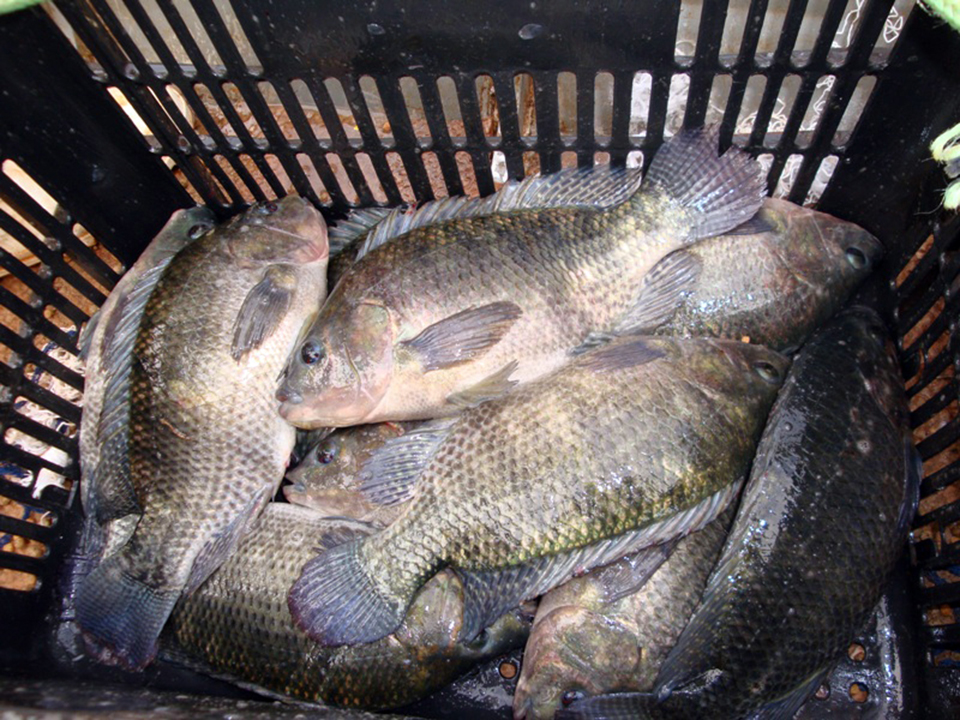
Health & Welfare
Brazilian researchers examine amino acids in Nile tilapia diets
Determining dietary requirements for tilapia requires precise formulation. Individual amino acids must be considered to establish well-balanced diets.
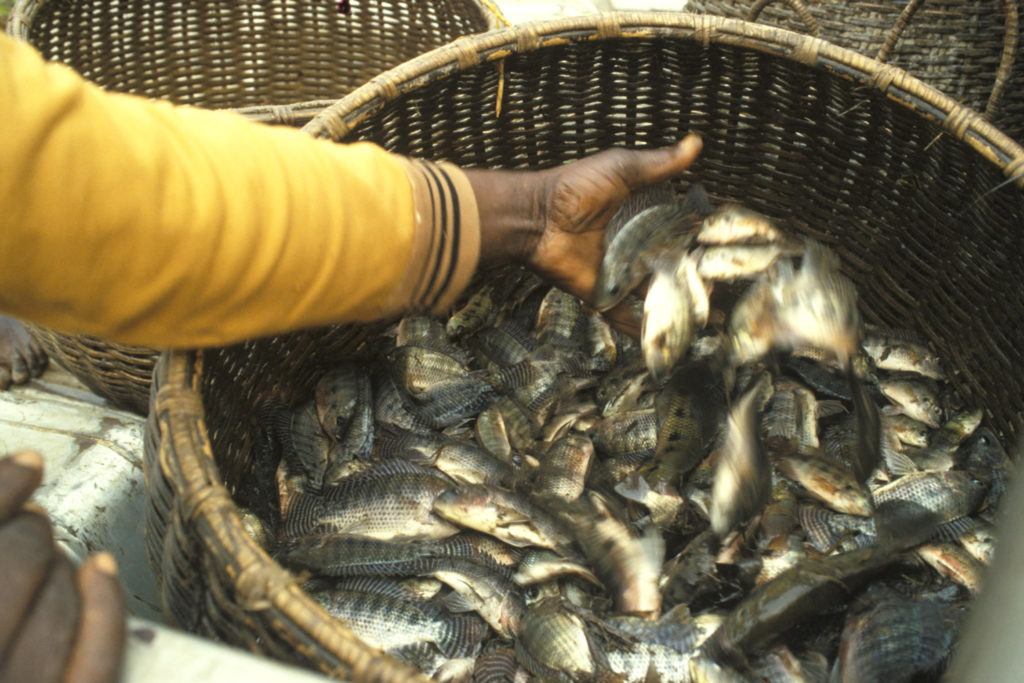
Responsibility
A helping hand to lend: UK aquaculture seeks to broaden its horizons
Aquaculture is an essential contributor to the world food security challenge, and every stakeholder has a role to play in the sector’s evolution, delegates were told at the recent Aquaculture’s Global Outlook: Embracing Internationality seminar in Edinburgh, Scotland.
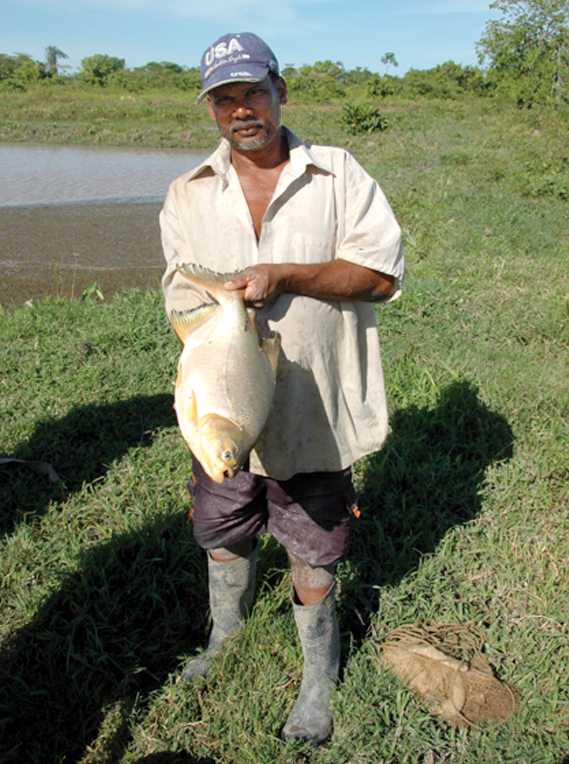
Health & Welfare
A look at aquaculture in Guyana
With its large quantities of water and little industry to pollute it, Guyana has the potential to become a greater player in global aquaculture.
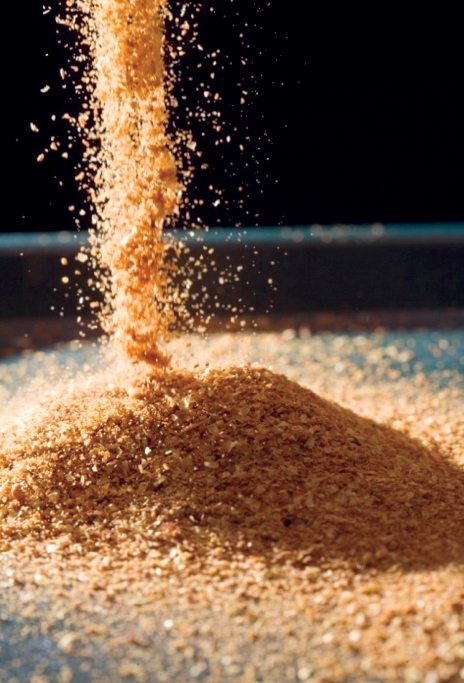
Aquafeeds
A look at corn distillers dried grains with solubles
Corn distillers dried grains with solubles are an economical source of energy, protein and digestible phosphorus to reduce feed costs and fishmeal usage.


